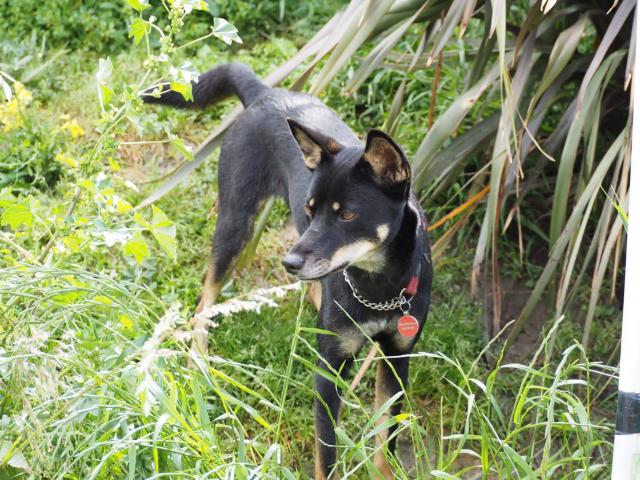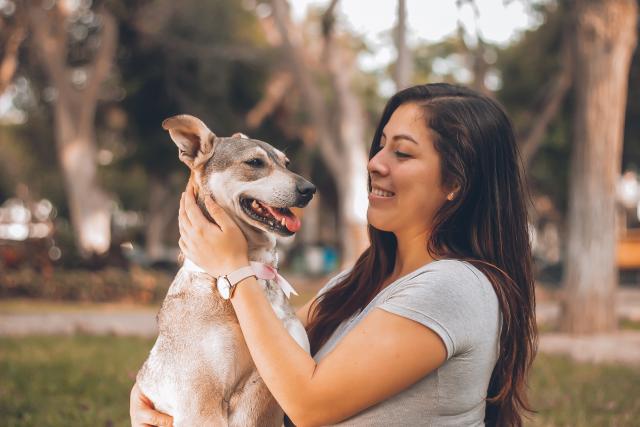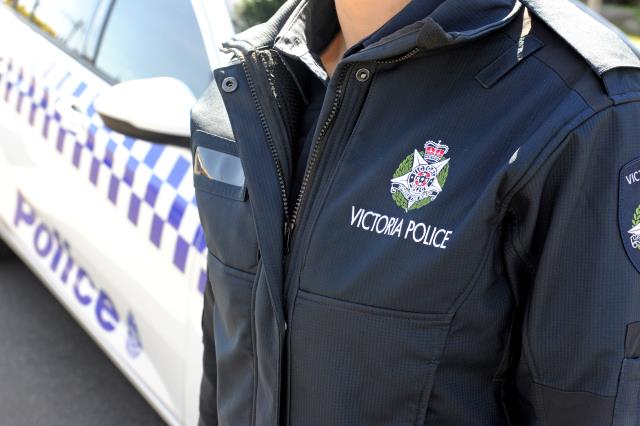Few things cause pet owners the egregious anxiety of a lost pet.
Local online community noticeboards are ground zero for “lost dog” posts, with multiple posts seen in Casey suburb social pages each week.
However, these pages can also be the difference between a long lost pup and a happy reunion.
One local woman, Dana Begovic, went through an emotional maelstrom in late February after her Kelpie Tilly went missing.
On Friday 24 February, Tilly’s family woke up to find her missing.
“We found the gate open at 5.30 in the morning. We thought she took off possibly after a fox,” Dana explained.
After posting in lost dog groups and putting paid ads up to no avail, Dana and her family began posting in local community groups in the hopes someone would recognise Tilly.
“That’s really how we found her,” Dana said.
“Someone took a picture with a sighting of a dog running. [A woman] recognised her [as Tilly] possibly because of the red collar.
“She reported it to the Endeavour Hills Community Group.”
This post led to Dana receiving the call that led Tilly back to her family.
Offline, the Endeavour Hills community sacrificed their time and effort to assist with the search for Tilly.
“We had people taking their dogs for walks and looking in the area.
“We had people just walking, looking. People were walking out of their houses saying, ‘We’ve been checking the street, we’ve been checking the park.’
“I could not believe the response from the community group. I have never met a community like Endeavour Hills.”
Tilly was found five kilometres away from Dana’s home in Rowville.
Dana admitted she would never have thought to search that far, and that she was lucky her post ended up in the right community group.
“Put [posts] in your local community and then go a couple of suburbs out,” Dana recommends.
“And if you see a dog, take a quick snapshot and put it on your community page.
“The community groups [are] the best thing.”
Tilly returned home safe and sound after three days of running and hiding.
In order to save owners from the stress, worry and anguish that comes hand in hand with a missing pooch, RSPCA Peninsula Animal Care Team Leader Elise Bennell also explains the professional take on how to keep our furry companions safe and what to do if your dog has gone missing.
Escaping is a common behaviour in dogs, triggered by a variety of things, including boredom, loneliness, curiosity, anxiety and mate-seeking.
“We always recommend keeping your dog in a secure area with gates and doors that can be locked,” Elise said.
“Dogs wearing an appropriate harness or collar can also be more easily stopped from escaping past someone as they enter or exit a space.”
While it is the duty of all pet owners to ensure we care for our pets responsibly, sometimes pooches are simply too mischievous and opportunistic in their desire to roam free.
“If you think your pet has escaped, your first contact should be your local council,” Elise said.
“Your local council will have a pound facility where your lost pet will be taken if it has been picked up in your area.
“Owners can also contact RSPCA Victoria to create a lost pet report, where we can conduct a search for your pet in RSPCA shelters.”
Community social pages are also useful, as many dogs are reunited with their owners after a Facebook post from another community member.
So, what is the protocol if you are the one to find someone’s missing pet?
“If it is safe to do so, try and confine the lost pet to a safe space, such as your backyard if it’s a dog,” Elise said.
“Then, arrange for the animal to be taken to a council pound, an approved animal welfare organisation or an approved premise e.g., a veterinary practice.
“The shelter or organisation can scan the pet for a microchip and try to contact their owner.
“If the animal is injured or needs urgent vet treatment, take the animal to a vet ASAP. You can also drop the lost pet into an RSPCA shelter, or a closer shelter.
“It’s important to remember a lost animal is likely to be feeling stressed and anxious and so they may behave in an unpredictable way.”
The idea of our beloved pets landing in council pounds and shelters can be frightening.
Dog rescue group Rescue Hub specialises in promoting dogs impounded in local pounds and animal shelters to give them the best chance of reunion with their owners.
While it is general practice for stray dogs to be taken to pounds and shelters, this can often be the beginning of a ticking time bomb.
“Then the waiting game begins, with the time depending on if the dog is microchipped or not,” the Rescue Hub team explains.
“Dogs that are not microchipped are then given seven days in which time the owner can come forward to claim their dog with proof of ownership.
“Dogs that are chipped are given up to 16 days for the owners to come forward.
“This is the moment we all hope and pray the dog goes home to their lovely family but unfortunately this is not the case all too often.”
For as much as owners are waiting and hoping to hear that someone has found their pup, it is equally important that owners take initiative in checking every avenue that could possibly lead to the location of their pet.
However, the best way to ensure our dogs’ safety is to take preventative measures to reduce the likelihood they will go missing in the first place.
“Prevention is always better than a cure. Safety is so important for animals,” Elise said.
“If an anxious animal were to scale a fence and escape, this could be exposed to an unfamiliar environment that leads to an accident.
“Having your pet microchipped and registered with your latest contact details and address significantly improves their chance of being returned home safe and sound.”








